Summer 2011 Internship
This summer myself and my students participated in an Intensive Observational Period (IOP) measurement campaign of atmospheric aerosols’ optical, physical and chemical properties at Brookhaven National Laboratory (BNL) in Upton, NY, USA. Since we participated in the program as a Faculty and Student Team we were supported by the FaST program/ Office of Educational Programs at BNL and LSAMP (Louis Stokes Allince for Minority Program) at CUNY.
During this campaign more than 2o instruments collected aerosol properties simultaneously for more than 10 weeks. The data collected from these instruments will be made available to the scientific community on the Atmospheric Radiation Measurements site(ARM) site within 6 months from the end of the campaign.
Some of the instruments used in the IOP are shown in the short movie below:
The NYCCT team has worked hard to measure optical properties (aerosol optical depth and Angstrom coefficients) of aerosols at BNL between June 6th and August 13th, 2011.
Agossa Segla’s research at Brookhaven National Laboratory (BNL) involved solar radiation measurements with Microtops II Sunphotometer and intercomparison with the Multifilter Rotating Shadowband Radiometer (MFRSR) and Cimel Sunphotometer. The data collected from these instruments resulted in aerosol optical depth (AOD) levels at different wavelengths over the entire summer.
See his research paper here: Agossa Segla Research Paper 2011-08-11
See his presentation here:Agossa Segla’s Poster 2011-08-10
During the BNL internship Antonio Aguirre was involved in data collection and analysis of the solar irradiance as measured by a MFRSR instrument. The results of the AOD and Angstrom exponent at different wavelengths measured by this instrument were compared with Cimel and Microtops II Sunphotometer AOD.
See Tony’s research paper: AAguirre_Research Paper_BNL_2011
See Tony’s presentation here:Tony BNL_Poster_2011
The anatomy of the MFRSR is shown on the left. This instrument was configured and installed on the roof of the Earth Sciences Department . On the right side Tony and Agossa are collecting solar irradiance using Microtops II Sunphotometers and Ozone meters. These instruments were used for solar irradiance measurements at different wavelenghts.
Some of our friends at BNL:
Frederic Jones, an ETET/ NYCCT student, graduated in June 2010 and went on to do radioactive detector research in the summer of 2010 at Brookhaven National Lab before starting the next phase of his education at SUNY Stony Brook.
The interview took place on August 26th, 2010 and appeared on allblackradio.com.
Frederic’s research was focused on detecting radioactive material using gamma ray sensors. See his presenation here.

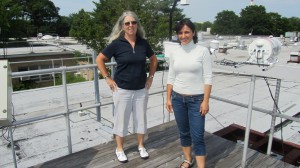
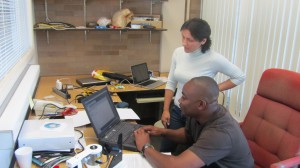
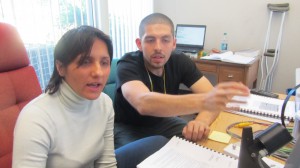
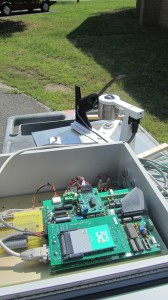
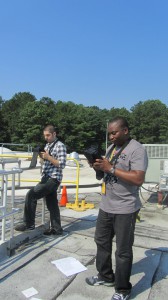

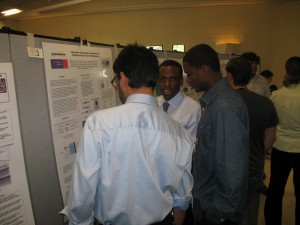



Certainly, you look over effectively! You would need appearance no more for jobs in the science community than where by science alone comes about! The heart of scientific historical foundation is positioned in none other than the colleges where exactly the groundwork is defined. The highest quality work opportunities in the science business can be uncovered by shopping at the webpages of community universities and colleges. At the same time you are not just going to wander precise up and land a work in the science field, you might be guaranteed to be in the correctly put for getting benefit of some of the most stellar vocation options you will at any time track down consolidated in a particular spot.